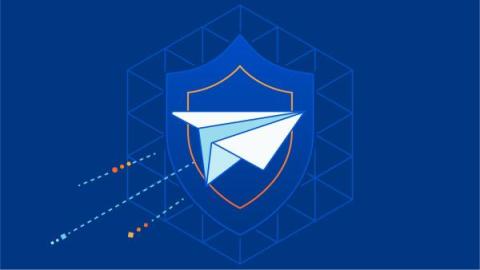Ukrainian Military Targeted in Sophisticated Phishing Attack Using Drone Manuals
Securonix is tracking a phishing campaign that’s targeting the Ukrainian military with malware-laden attachments posing as drone instruction manuals. The threat actor is using Microsoft help files (.chm) to deliver the malware.





